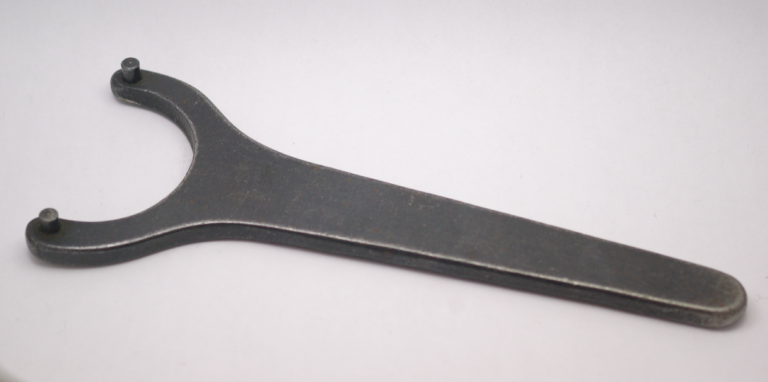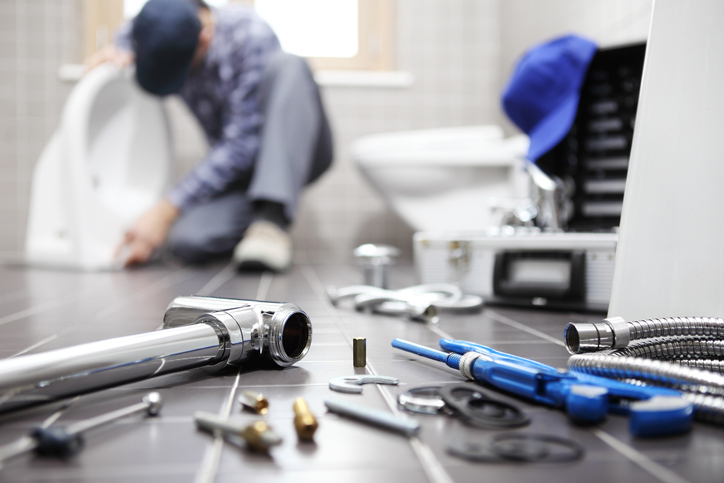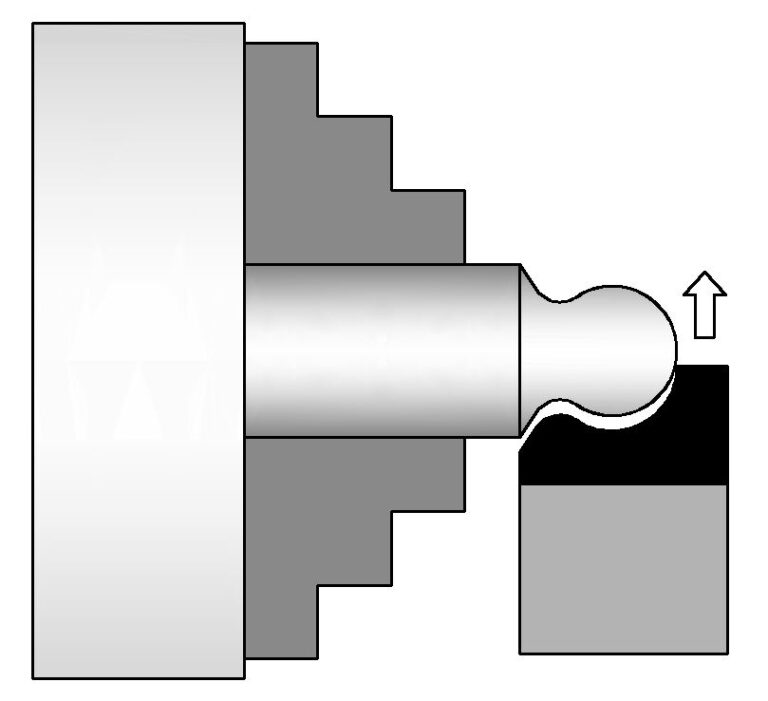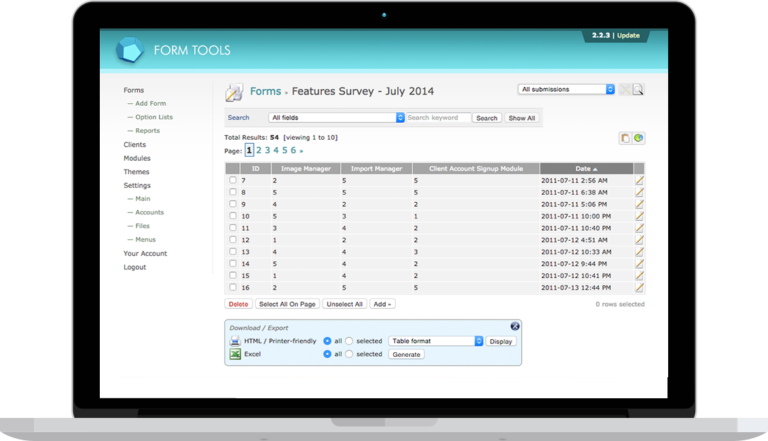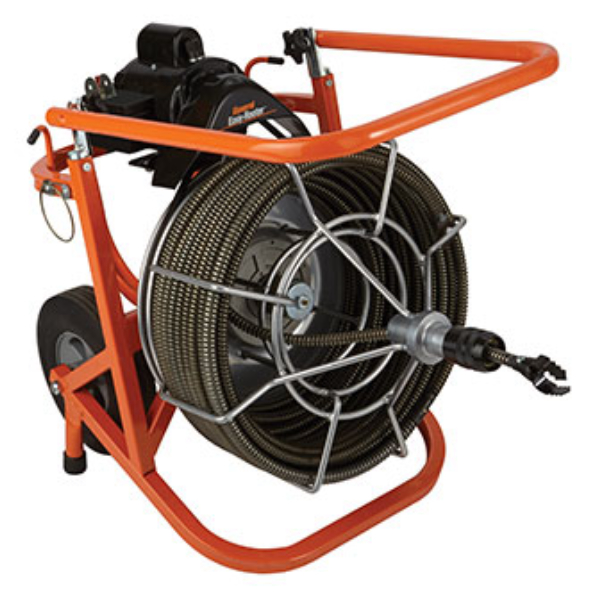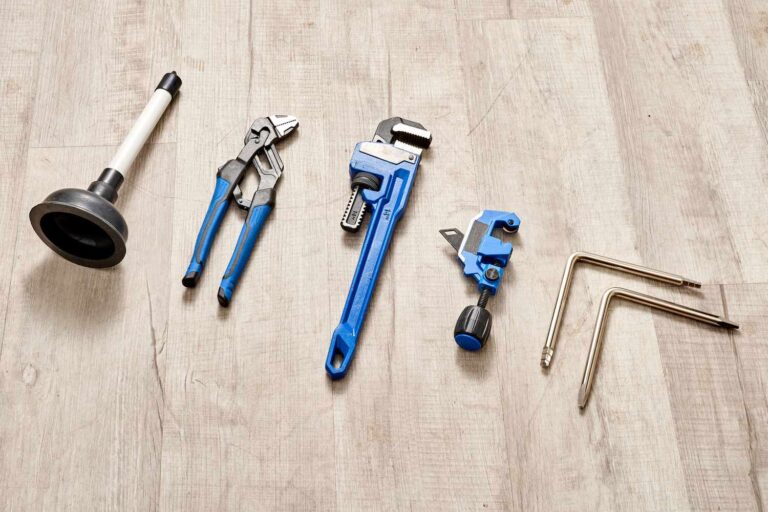What Is Type Of Pipe Fitting Tools?
Pipe fitting tools are a type of tool used to join pipes together in plumbing systems. These tools are used to make sure that pipes fit together securely and can be used to modify and adapt pipes. They come in a variety of styles and sizes, depending on the type of pipe being connected and the specific application that the tool is being used for.
Definition of Pipe Fitting Tools
Pipe fitting tools are specialized tools used by various professionals to join, repair, or modify pipes and tubing used in plumbing, heating, and air conditioning systems. These tools are essential for anyone working in the plumbing, HVAC, or building industries. The tools come in a variety of sizes, shapes, and designs and are used to tighten, seal, cut, or seal pipes. They are used in various types of piping systems, including copper, steel, and plastic. They can also be used to join pipes or fittings made of different materials. Some of the most popular types of pipe fitting tools are ratchets, wrenches, pipe cutters, and threaders. Ratchets are used to tighten or loosen bolts and nuts, while wrenches are used to adjust and hold pipes in place. Pipe cutters are used to cut and shape pipes, while threaders are used to thread pipes to the desired shape. All of these tools are essential for any plumbing, HVAC, or building industry professional.
Types of Pipe Fitting Tools
Pipe fitting tools are essential components in the installation and maintenance of plumbing systems. These tools are designed to securely join two pipes together, as well as to cut, measure, seal, and remove existing pipes. There are several types of pipe fitting tools that can be used for various tasks.
Standard Pipe Wrenches are the most commonly used type of pipe fitting tools. These tools are used to tighten or loosen threaded pipe joints, as well as to rotate pipes for a secure connection. Standard pipe wrenches can be used on a variety of pipe sizes and materials.
Pipe Cutters are another type of pipe-fitting tool. These tools are designed to cut PVC, CPVC, and ABS plastic pipes as well as copper pipes. Pipe cutters are available in a variety of sizes and shapes to fit different pipe diameters.
Pipe Threaders are used to create threads on the end of a pipe for a fitting connection. Pipe Threaders are used in conjunction with a pipe die and a ratchet wrench to create new threads, or to repair existing threads.
Pipe Benders are designed to create angles in pipes. These tools are used to bend both rigid and flexible pipes to create a desired shape. Pipe benders are available in a variety of sizes and shapes to fit different pipe diameters.
Pipe Reamers are used to remove burrs, or sharp edges, from the inside of a pipe. This tool is most commonly used on copper and steel pipes.
Pipe Fitting tools are an essential part of any plumbing system. These tools are available in a variety of sizes and shapes to fit different pipe diameters. Standard pipe wrenches, pipe cutters, pipe threaders, pipe benders, and pipe reamers are all types of pipe fitting tools that are used to securely join two pipes together, as well as to cut, measure, seal, and remove existing pipes.
Benefits of Using Pipe Fitting Tools
Pipe fitting tools are an essential component of any plumbing project. They provide a way to connect pipes, valves, and other components, and are used to create custom plumbing solutions. They can be used in residential, commercial, and industrial applications. Pipe fitting tools are used to join two pieces of pipe together, while also providing a seal to ensure a tight fit. They can be used to attach new pipes to existing ones or to repair existing pipes. The use of pipe fitting tools is beneficial for a variety of reasons.
First, installing pipes with pipe fitting tools is a more secure and reliable connection than using glue or other adhesive methods. This ensures that the pipes are securely connected and won’t leak. It also makes it easier to remove components for repair and replacement, and can also be used to add additional components to an existing system. Additionally, pipe fitting tools can make it easier to install customized solutions for complex plumbing needs.
Second, pipe fitting tools are cost-effective and easy to use. They are relatively inexpensive and can be purchased in a variety of sizes and styles. They are also relatively easy to use, making them ideal for DIY projects. Additionally, they are often more durable and longer-lasting than other adhesive methods.
Finally, using pipe-fitting tools can help to reduce the amount of time and money spent on a plumbing project. By using them, a plumbing professional can quickly and easily create a custom plumbing solution without having to purchase or install additional components. This can save time and money, and help to ensure that the job is completed quickly and efficiently.
Overall, pipe fitting tools are an invaluable tool for any plumbing project. They are reliable, cost-effective, easy to use, and can help to reduce the amount of time and money spent on a plumbing project. They are also an essential component of any DIY plumbing project and can be used to create custom plumbing solutions.

Tips for Choosing the Right Pipe-Fitting Tools
Pipe fitting tools are essential for installing, repairing, and maintaining plumbing systems. With so many available on the market, it can be difficult to know which ones are best for your job. In this article, we’ll go over the types of pipe fitting tools, their features, and helpful tips on how to choose the right ones.
The most common types of pipe fitting tools are wrenches, pipe cutters, and threading tools. Wrenches are used to tighten or loosen nuts and bolts, while pipe cutters are used to cut and shape pipes. Threading tools are used to join two pieces of pipe together. All of these tools can be purchased in manual or power versions, depending on the job.
When choosing pipe fitting tools, consider the type of material you’ll be working with, the size of the pipes, and the complexity of the job. If you’re dealing with larger pipes, you’ll want to invest in larger, more powerful tools. For smaller jobs, manual tools may be sufficient.
Finally, make sure to read reviews and compare prices before committing to a purchase. Quality tools may be more expensive, but they’ll last longer and save you money in the long run. With the right tools, you can ensure that your pipes are installed and maintained correctly.
How to Use Pipe Fitting Tools?
Pipe fitting tools are essential for many construction projects, from plumbing to building. These tools are used to assemble and connect pipes and are used in a wide range of industries. Knowing how to use pipe fitting tools correctly can help ensure that your projects are accurate and safe.
Before you can begin to use pipe fitting tools, you must understand the different types of pipe fittings that are available. Pipe fittings come in many varieties, including elbows, tees, couplings, reducers, unions, and flanges. Depending on the type of pipe you’re working with, you’ll need to use different types of fittings.
When using pipe fitting tools, it’s important to ensure that all of your connections are secure. The most common type of connection is a threaded connection, which requires a wrench and a pipe thread sealant. The sealant should be applied to the threads of the pipe fittings before you begin to assemble them. You should also ensure that all of the pipe fittings are properly aligned before you tighten the connections.
In addition to threaded connections, there are also compression fittings and slip fittings. Compression fittings are used when joining two pipes of the same size, while slip fittings are used when joining pipes of different sizes. To assemble a compression fitting, you’ll need a compression tool and a pipe wrench. For slip fittings, you’ll need a pipe wrench and a special tool called a flaring tool.
Whether you are assembling a new plumbing system or repairing an existing one, pipe fitting tools are an essential part of the job. Knowing the types of pipe fittings and how to use them correctly can help ensure that your projects are finished safely and accurately.
Safety Considerations for Working with Pipe Fitting Tools
Working with pipe fitting tools can be dangerous, and safety considerations must be taken into account. Pipes and fittings are heavy and can cause injury if handled incorrectly. It is important to wear protective clothing, eye protection, and gloves when working with these tools. Additionally, workers should be aware of their environment and any potential hazards, such as sharp edges and heat.
The type of pipe fitting tools used also affects safety. Fittings and pipes of different sizes and materials require different methods of installation and can produce different levels of heat. It is important to research the specific type of fitting and pipe that will be used and the recommended installation method.
The best way to ensure safety while working with pipe fitting tools is to be aware and prepared. Properly inspect tools before use, read and understand instructions, and keep safety equipment on hand. Following these tips can help workers stay safe while using pipe-fitting tools and enjoy the satisfaction of a job well done.
FAQs About the What Is Type Of Pipe Fitting Tools?
Q: What Is Type Of Pipe Fitting Tools?
A: Pipe fitting tools are used to join, cut, repair, and modify pipes. Common types of pipe fitting tools include pipe cutters, pipe wrenches, pipe benders, pipe taps, flaring tools, and pipe reamers.
Q: How Do Pipe Fitting Tools Work?
A: Pipe fitting tools are used to join, cut, repair, and modify pipes. Pipe cutters are used to cut pipes to the desired length. Pipe wrenches are used to tighten or loosen connections. Pipe benders are used to bend pipes into a desired shape. Pipe taps are used to create threads for connecting pipes. Flaring tools are used to flare the end of a pipe to create a connection with another pipe. Pipe reamers are used to enlarge or deburr the end of a pipe.
Q: What Are the Benefits of Using Pipe Fitting Tools?
A: Using pipe fitting tools can help to save time, money, and effort. They can also help to ensure that pipes are properly connected and that the connections are secure. Additionally, they can help to reduce the risk of leaks and ensure that pipes are installed correctly.
Conclusion
Pipe fitting tools are essential tools for any plumbing job, as they help join and seal pipes together to ensure proper installation. These tools come in a variety of shapes and sizes and can be used for a variety of jobs. With the right tools, you can easily install or repair any plumbing system.


